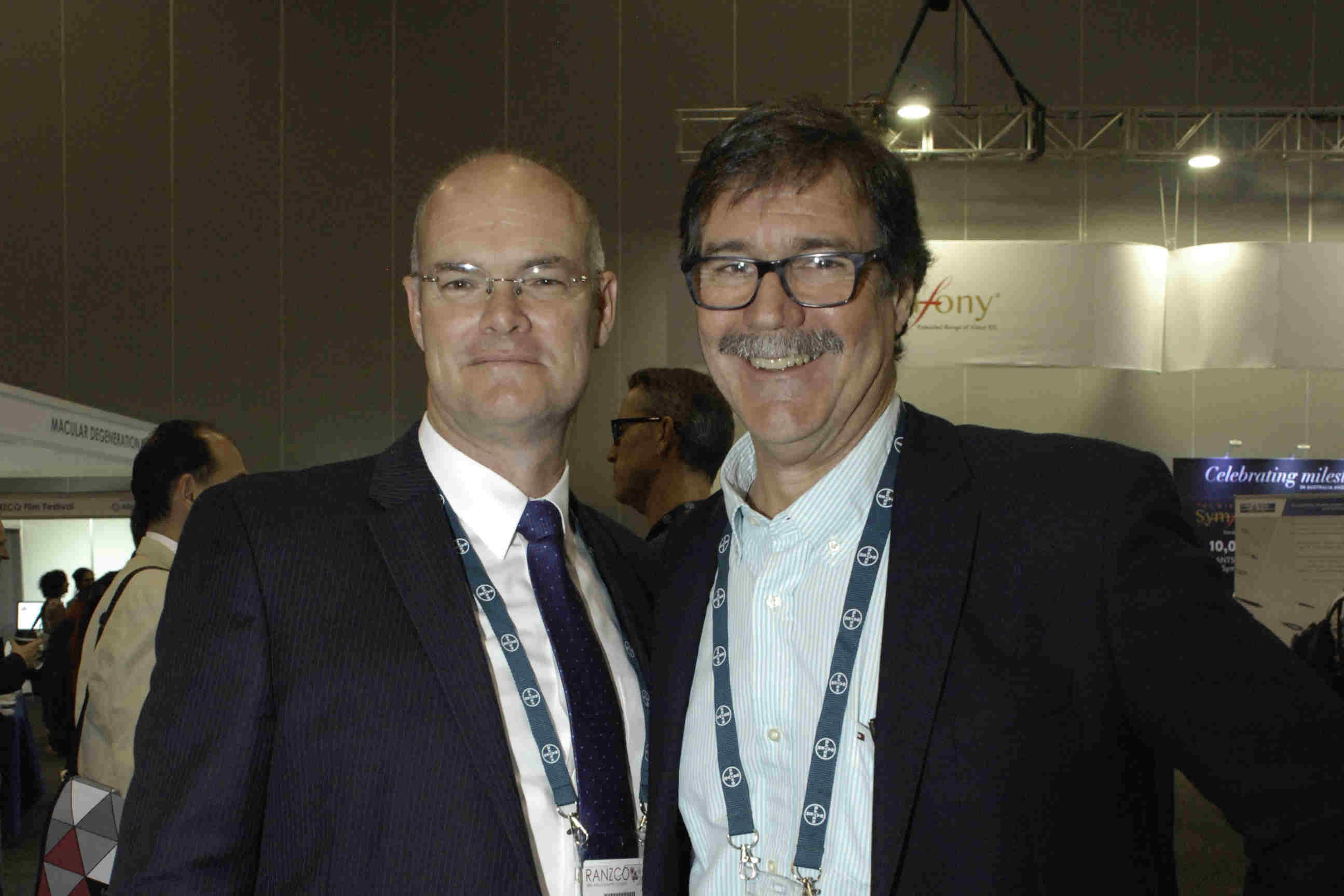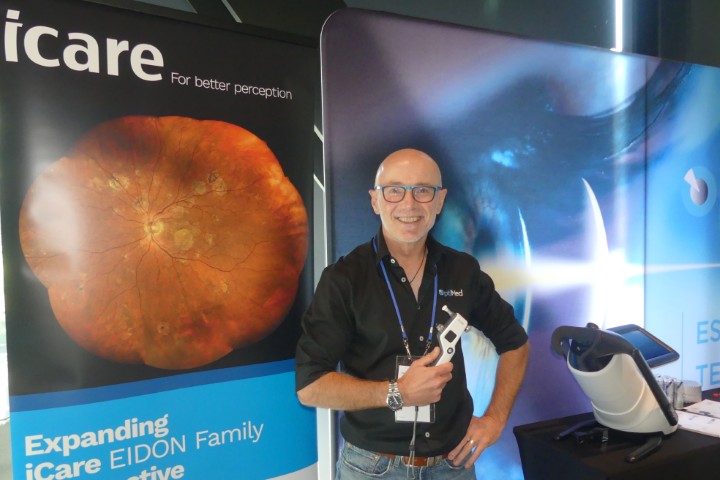Referral guidelines “unabashedly” RANZCO’s
RANZCO’s 2016 Scientific Meeting opened on a comical note as outgoing President Dr Brad Horsburgh told the audience it wasn’t a good time to have an eye problem in the region as 85% of Australasia's ophthalmologists were in Melbourne for the conference. But the humour quickly turned to more serious matters with the somewhat controversial (for some optometrists anyway) new clinical referral guidelines from RANZCO being thrust front and centre into the opening speeches.
The new guidelines represent a default standard of care for the whole eye care profession, said Dr Horsburgh, a language by which ophthalmology will engage with optometry and general practice. “It is a branding strategy, undoubtedly…we want to be the Microsoft of ophthalmology; we want to be the default language that everyone uses, the default standard of care.”
RANZCO launched the first of its planned series of referral guides for optometrists and GPs, on glaucoma management, in July last year. Two further “Referral Pathways” for diabetic retinopathy and age-related macular degeneration were released just prior to the RANZCO conference in November to coincide with training on the guidelines for optometrists and GPs at the conference.
Initially the guidelines are being reviewed in a two-year pilot study in partnership with Specsavers. Though RANZCO says feedback from other optometrists has on the whole been positive and is welcome, it also says at this stage it doesn’t have the ability to collate and assess data from multiple sources, all using different assessment equipment and techniques and software systems, though it recognises these differences will need to be considered in the longer-term to ensure the referral guidelines are accepted by the eye care profession as a whole.
Unhappy about being left out of the design of the referral guidelines, Optometry Australia (OA) issued a stinging rebuke about the glaucoma guidelines in a statement in October saying the guidelines failed to reflect the diversity of optometry expertise, clinical circumstances and scope of practice in Australia. “The RANZCO referral pathway instead encourages potentially unnecessary referrals and an increased burden on Medicare, as well as an unnecessary financial burden for patients in clinical, travel and time-related costs,” said OA National President Kate Gifford in the statement. “The pathway appears to be more compatible with practice in the UK and omits gonioscopy from the standard baseline examination, which is an entry-level competency in Australia.”
When asked why OA wasn’t involved in the design process at the conference, Dr Horsburgh said the College had been down this path at least three times in the past, with the last time resulting in a drawn out legal battle.
This legal battle was settled in November 2014 after 18 months of court action and an initial win by the ophthalmology bodies after they challenged the Australian Health Practitioner Regulation Agency (AHPRA) and the Optometry Board of Australia’s decision to extend the scope of practice of optometrists to diagnose and treat glaucoma without ophthalmic oversight. The eventual settlement led to a rewrite of the controversial optometry guidelines, allowing therapeutically-qualified optometrists to still diagnose and treat glaucoma independently, but ensuring they referred patients to an ophthalmologist within four months of their diagnosis so it could be confirmed and a management plan agreed.
At the conference, Dr Horsburgh proudly admitted the guidelines are pure RANZCO. “The reason it has not worked [in the past] is it has tended to degenerate into straight politics….As we receive feedback and feel we are informed about what works well and what doesn’t work well, we will adjust accordingly but, yes, these are evidence-based and unabashedly RANZCO guidelines, they are the language we choose to deliver it.”
The pilot programme with Specsavers is just the beginning, however, he said, a way to collect data relatively quickly from a uniform group and smooth out initial wrinkles. “We have to start small, because the history of antipathy and at times unhelpful behaviour between optometry and ophthalmology goes back decades.” But given that the guidelines are designed to lead to a registry of information, the process will go on for years as more data is collected, collated and analysed, and the results used to educate and improve the current system for patients, for all eye care professionals and for the public purse, he said.
Last year RANZCO changed its tagline to “collaborative eye care” because it wanted to collaborate with everyone, added Dr Horsburgh. “We need to formalise that and we need to formalise the systems with which we collaborate…and I have a dream that this College will live out the meaning of its tagline. It’s not enough to say we are the leaders in collaborative healthcare, we must live it out, we must do it and we must prove it to our patients and to the government, and that’s what this is about.”
RANZCO plans to release further referral guidelines next year, including one on paediatrics based on current guidelines penned by New Zealand’s Dr Shuan Dai. It also expects to appoint a project officer next year to assist with the pilot studies and ensure that as time goes on, the whole of the optometry profession is consulted to ensure the guidelines are as effective and accepted as they can be.























